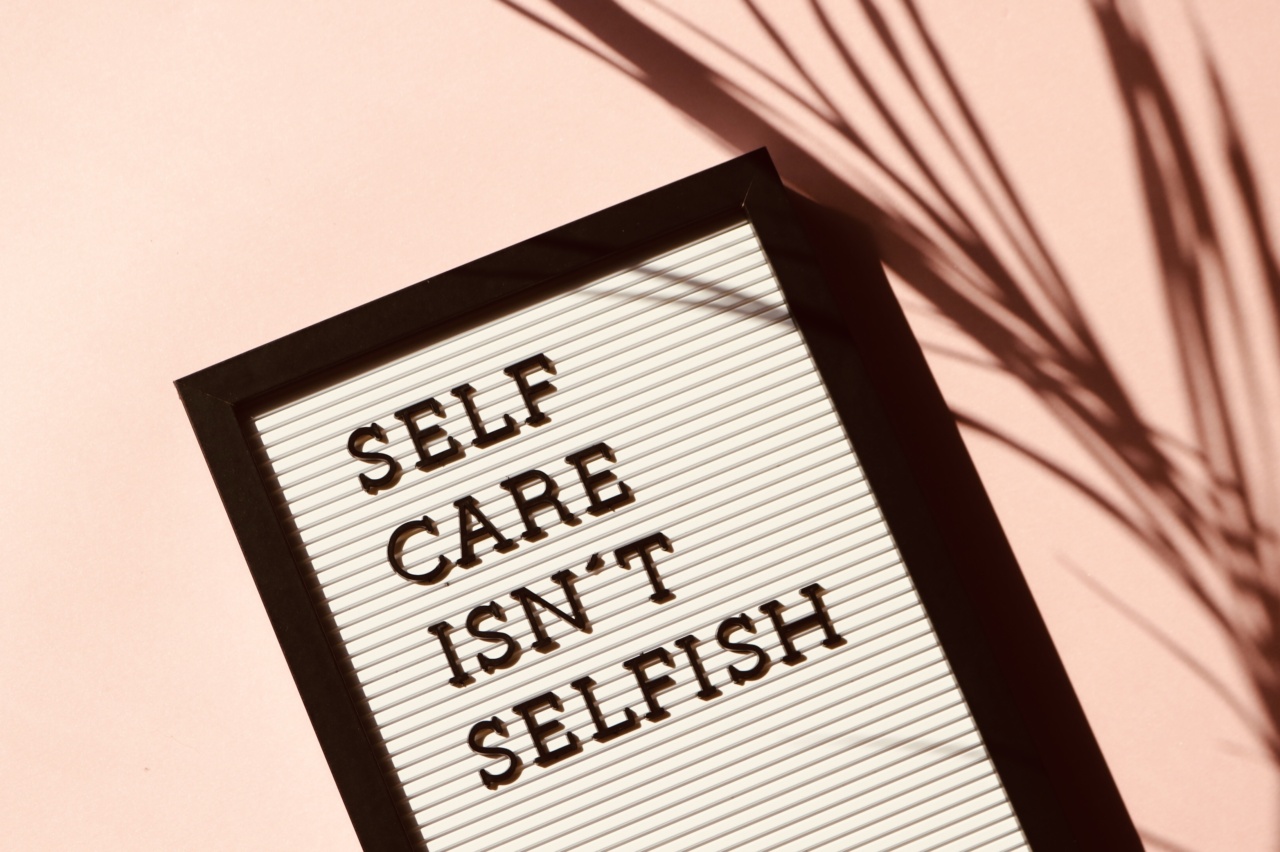Visual representations play a crucial role in conveying complex information and messages effectively.
When it comes to health, images have far-reaching potential to capture the attention of audiences, educate them about health conditions, and showcase the impact of preventive measures. This article explores the power of visual storytelling in illustrating changes in health through images.
Progression of Diseases
One of the most powerful ways images can illustrate changes in health is by showcasing the progression of diseases.
By visually representing the stages of a disease, medical professionals and researchers can help the general public better understand the impact on the human body. For example, through images of lung X-rays, individuals can witness the physical deterioration caused by smoking over time. This visual representation creates a lasting impact and can motivate individuals to make healthier choices.
Effects of Preventive Measures
Images also serve as a valuable tool to showcase the effects of preventive measures in improving health outcomes.
For instance, by comparing images of a community before and after the implementation of clean water initiatives, one can visually depict the positive impact on public health. These images can contribute to raising awareness about the importance of preventive measures and inspire action.
Supporting Public Health Campaigns
Images are instrumental in supporting public health campaigns aimed at promoting healthy behaviors and preventing diseases.
They can effectively convey important messages and evoke emotional responses, increasing the likelihood of individuals engaging with the campaign. For example, images depicting the consequences of poor nutrition can grab attention and encourage people to make healthier choices. Visual representations of exercise routines can inspire individuals to adopt a more active lifestyle.
Visual Storytelling in Health
Visual storytelling is a powerful approach that can captivate and engage audiences in the realm of health. Photographs, illustrations, infographics, and videos can all contribute to vividly illustrating changes in health.
By using visual storytelling techniques, health professionals can communicate complex information in a manner that is accessible and relatable to a broader audience.
The Role of Data Visualization
Data visualization is a key aspect of illustrating changes in health through images. Through various charts, graphs, and maps, data can be transformed into visually appealing and informative representations.
For instance, a line graph can depict the rise or decline of a particular disease over time. These visual representations make data more digestible and facilitate a better understanding of the health situation.
Infographics as Powerful Communication Tools
Infographics are an increasingly popular medium that combines visual elements, data, and text to convey information in a concise and appealing way. They are powerful communication tools that can effectively illustrate changes in health.
Whether it’s conveying the impact of vaccinations or providing tips for maintaining healthy habits, infographics enable users to grasp information quickly and remember it longer.
Photography in Health Communication
Photography has the ability to shine a light on various aspects of health, human experiences, and healthcare practices.
Photographs can capture the reality of individuals living with a specific health condition or showcase the efforts of healthcare professionals. Through powerful and authentic images, photography serves as a tool for empathy, creating connections, and promoting understanding.
Visualizing Global Health Challenges
The use of images is crucial in visualizing global health challenges.
From visual representations of the spread of infectious diseases to images illustrating the impact of malnutrition in developing countries, these visuals create empathy and mobilize action. By making global health challenges more relatable to a wider audience, images can contribute to increased awareness and support for initiatives addressing these issues.
Using Social Media for Health Visual Representation
Social media platforms have become important channels for health visual representation. Through platforms like Instagram, Twitter, and Facebook, images can be shared widely to inform and educate audiences about various health topics.
From infographics to testimonial photos, social media allows for immediate engagement and dissemination of visual content, fostering greater participation in health discussions.
Conclusion
The use of images in illustrating changes in health is a powerful tool in the realm of health communication.
Visual representations can capture the progression of diseases, showcase the effects of preventive measures, and support public health campaigns. By harnessing the potential of visual storytelling, data visualization, photography, and social media, health professionals can effectively convey important health messages and influence positive behavior change in wider populations.































